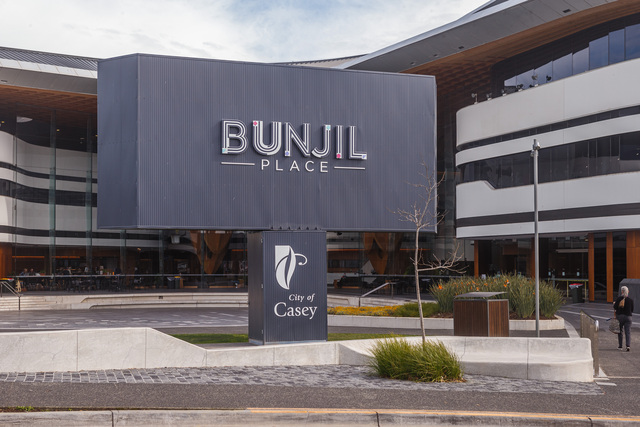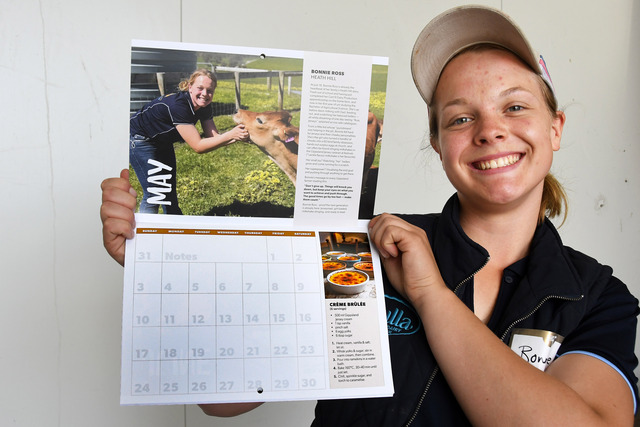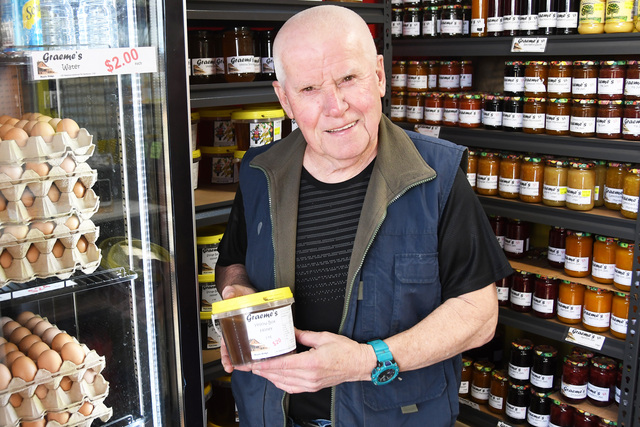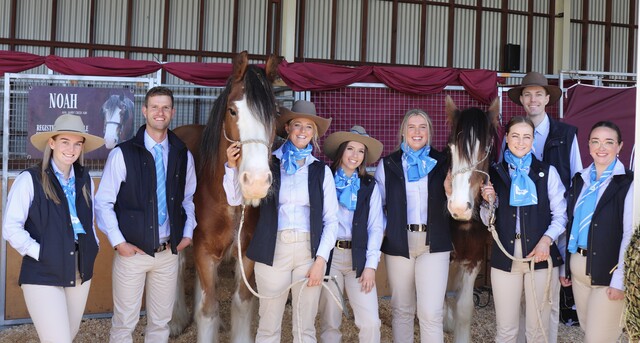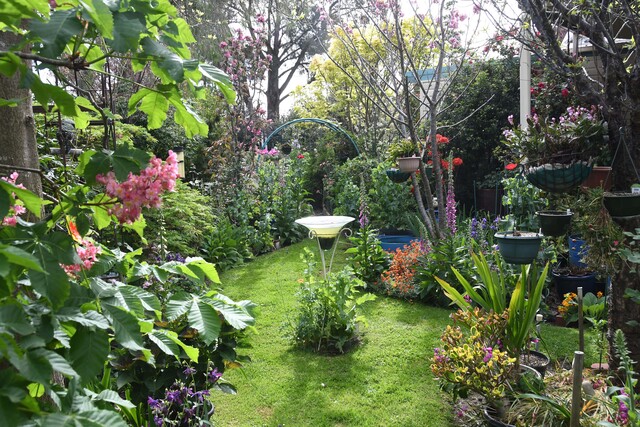A motion of support, but also a call for enhancements to Victoria’s Draft Infrastructure Strategy, was passed at the April 15 meeting, highlighting supporting amenities for Casey’s rapid growth.
Casey’s manager of city and asset planning, Keri New, delivered a breakdown of the motion, which saw the Clyde Rail extension, kindergarten infrastructure investment, libraries and aquatic centres, and the shared use of school grounds as key advocacy points in the submission.
Cr Anthony Walter initially moved the motion, saying that “my ward is in full support of the Clyde Rail extension”.
“If anyone has seen Clyde Road during rush hour, you know it’s needed; any wya to alleviate the traffic is very welcome.”
The council is looking to make the initially state-proposed ‘future option’ of extension into a formal government commitment, due to ongoing public transport gaps.
Cr Gary Rowe seconded the motion, adding to the Clyde Rail extension argument as something that “has been needed for so long”.
“It’s criminal that it’s not in; it started off in 2000 or even before, and the need to get Clyde onto the lines is growing.
“Successive governments, particularly in recent times, have ignored it and decided that it was all too hard… so thank you for the officers that put this together.
“So hopefully this will see the beginning of some action of not only the electrification of the line, but also the infrastructure required for the roads,” he said.
In detail, the Strategy sets out 43 draft recommendations and seven future options, all aiming to address housing, transport, education, climate and equity.
It provides a roadmap for action over the next 30 years, according to the council’s agenda, across a wide range of public policy areas.
As for Casey and the council, they wanted to see a bigger focus on the mentioned areas after the Clyde Rail extension, where Cr Michelle Crowther emphasised the need for updated and better infrastructure.
“All of our identified key priorities are really addressing the challenge of our ever-increasing population,” she said.
“We’re on the growth boundary here, and housing targets we need to achieve, but this submission shows that we need the infrastructure to support this growing population.
“The libraries, the aquatic centre, and the kinder; as it’s outlined here, we have 302 Casey kids on a waitlist for kinder, which is not okay.”
In Casey’s summary of the submission, it was detailed that in addition to the 302 children on the waitlist as of March 2025, it is estimated that by 2036, there will be a ‘shortfall of more than 6000 kinder places’ within Casey.
Cr and deputy mayor Melinda Ambrose touched on the importance of shared grounds for government schools, which promotes funding that would support these schools to have their facilities for out-of-hours use.
“I know there’s been some concerns in the community around basketball in particular, and I believe that this could support that growth,” she said.
“I do encourage this, to see the support that it gives to those community members, and give them that opportunity to use facilities outside school hours.”
The advocacy for libraries and aquatic centres in growing communities sees it as an essential aspect to improving ‘health and wellbeing’ of ‘young and diverse growth communities’, according to the agenda.
It also recommends that the state government contribute up to $25 million for aquatic and recreation centres, and up to $10 million for libraries, with the remainder being sourced from the council.
Cr Lynette Pereira, touching on amenities’ importance, spoke on the housing crisis, saying that there are a lot of people “sleeping rough”, which in turn is related to “mental health and drug issues”.
“I’d really like to emphasise more social housing, I would like to see the government work with the council to make this happen and not just be lip service.
“To give direction that we need thousands and thousands more houses, and I sincerely hope that we’ll get support and have some tangible results.”
Cr Dave Perry also backed Cr Pereira’s highlight of the need for social housing, and touched on the essentiality of climate-proof infrastructure, and praised environmentally sustainable initiatives like LED streetlight upgrades and solar panels.
Mayor Stefan Koomen closed the conversation, doubling down on all the points made, saying that “as a municipality, we’re certainly doing our bit of heavy lifting”.
The motion was carried unanimously, with consultation of a draft Strategy open between 4 March and 28 April 2025.

